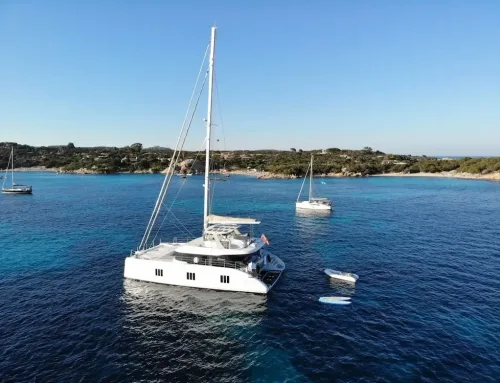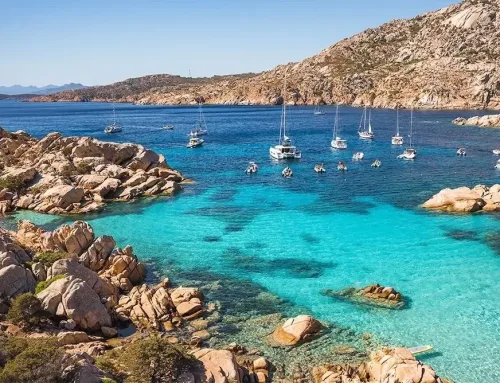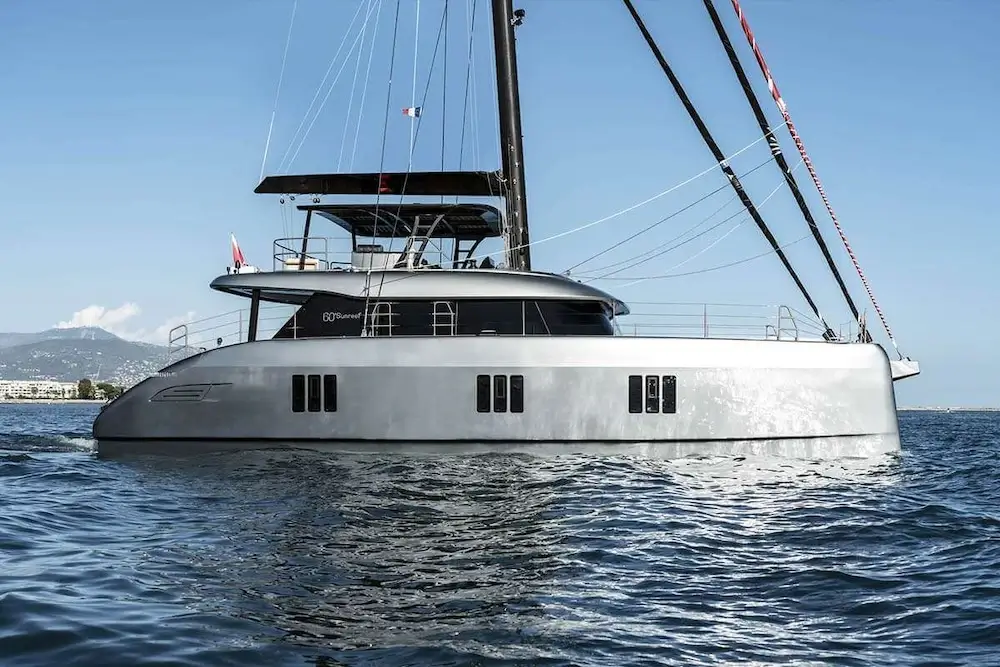
What Are the Sailing Conditions Like in Italy?
Sailing aficionados will find Italy’s vast coastline, gorgeous islands, and rich cultural legacy to be ideal. It is essential to comprehend the sailing conditions in order to arrange a secure and pleasurable vacation. This thorough book examines the sailing conditions in Italy and offers crucial information to help you get the most out of your sailing experience.
Summary of Italy’s Sailing Conditions
Overview of Italian Sailing
From the peaceful waters of the Amalfi Coast to the daring passages around Sicily and Sardinia, Italy offers a variety of sailing adventures. The Mediterranean environment, with its warm summers and moderate winters, makes sailing almost year-round possible.
Zones of Geography and Climate
Italy is separated into various sailing regions, each with specific meteorological conditions and difficulties. These locations include:
- Northern Italy: The Adriatic and Ligurian seas are included in northern Italy. renowned for having nice sailing conditions and mild winds.
- Central Italy: The Tyrrhenian Sea and the Tuscan Archipelago are located in Central Italy, providing a variety of sailing conditions with moderate to high winds.
- Southern Italy: The Ionian Sea, Sicily, and the southern Tyrrhenian Sea make up southern Italy, which offers more gusty winds and exciting sailing conditions.
- Sardinia and Corsica: With consistent winds and breathtaking coastline views, these islands provide some of the best sailing conditions in the Mediterranean.
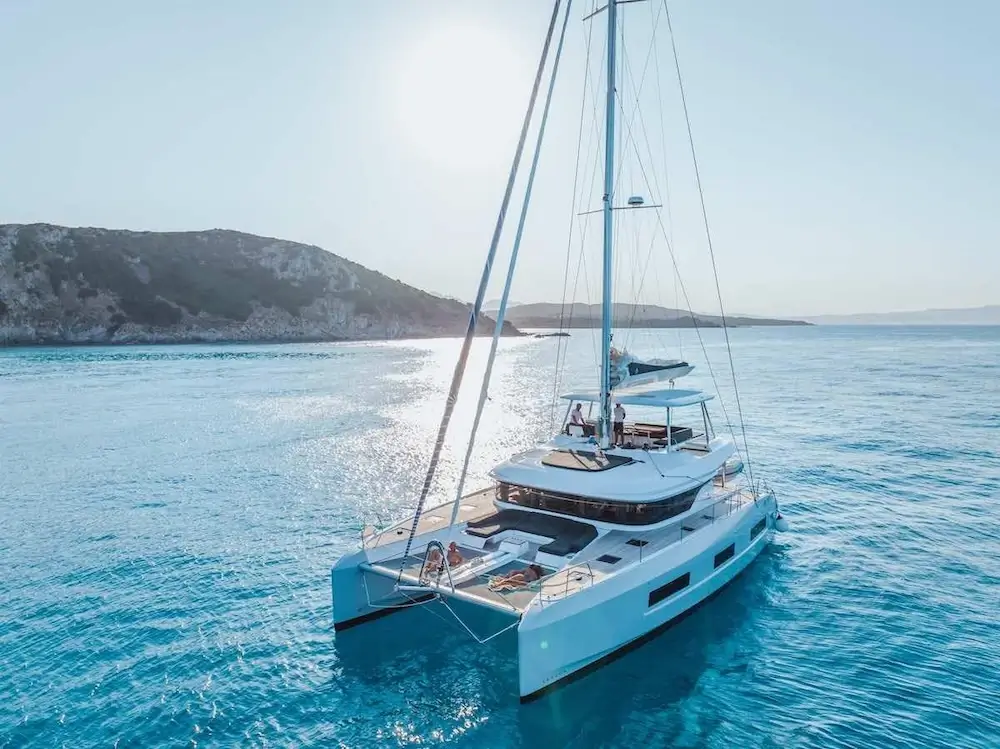
Sailing Conditions Italy 2
Seasonal Differences in the Conditions for Sailing
April to June is springtime.
In Italy, spring is a great season to go sailing. The seas are tranquil and the weather is normally moderate. This is the perfect time of year to visit seaside towns in Italy and take in the gorgeous scenery.
- Temperatures: The typical range is between 15°C and 25°C.
- Winds: Light to moderate winds are ideal for cruising at a leisurely pace.
Summer: July to August
In Italy, summer is the busiest sailing season. The mild, dry weather is ideal for island hopping and beach activities. But it’s also the busiest time of year, when marinas are packed and costs are higher.
- Temperatures: 25°C to 35°C is the average temperature.
- Winds: The winds of Sirocco and Mistral can be very powerful.
Fall (September through October)
Similar to spring, autumn offers good sailing conditions but with fewer visitors and cheaper rates. The weather is still nice and the sea is still warm.
- Temperatures: The typical range is between 20°C and 30°C.
- Winds: Light to moderate winds are perfect for cruising at a leisurely pace.
Winter: from November to March
In Italy, winter is the off-season for sailing. There are more frequent storms and the weather is colder and less consistent. For seasoned sailors seeking a serene and distinctive experience, it can still be a fun day.
- Temperatures: The typical range is between 10°C and 15°C.
- Winds: erratic, with the possibility of severe storms and powerful gusts.
Currents and Wind Patterns
It is vital to comprehend wind patterns and currents when strategizing your sailing routes in Italy.
- Mistral Wind: A powerful, chilly wind from the northwest that blows throughout Sardinia and Corsica in the western Mediterranean. It can bring strong gusts along with clear skies.
- Sirocco Wind: A warm breeze from the Sahara that can occasionally cause sandstorms and hot, dry weather in Sicily and southern Italy.
- Local Breezes: During the day, local sea breezes that are common in coastal areas can offer steady and predictable sailing conditions.
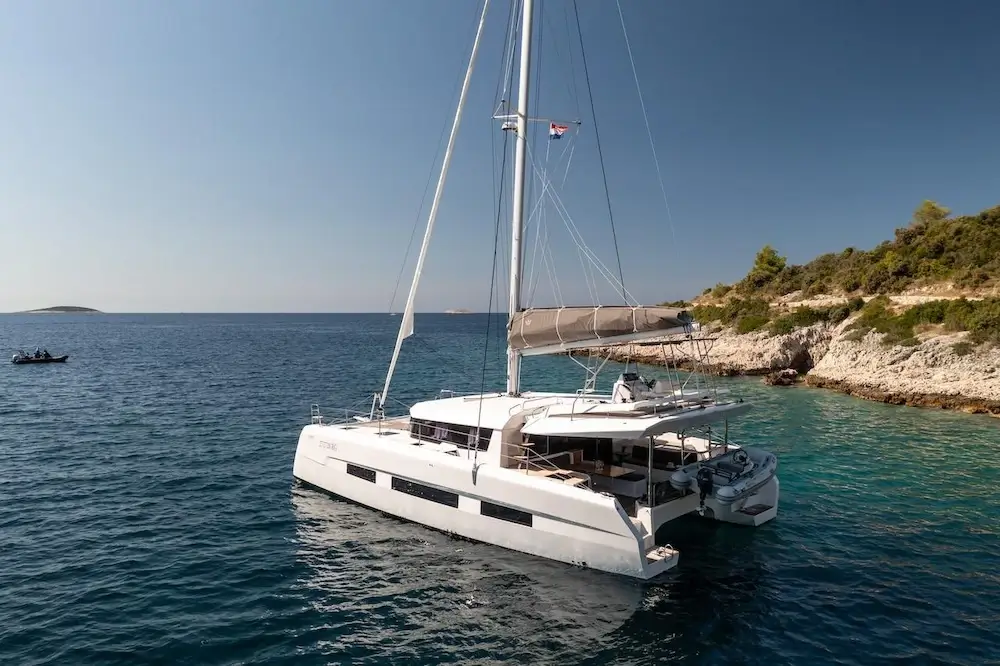
Sailing Conditions Italy 3
Frequently Sailed Paths
Capri and the Amalfi Coast
The Amalfi Coast is well-known for its gorgeous landscape, quaint seaside villages, and glistening waves. A well-liked itinerary makes stops at the island of Capri, Naples, Sorrento, Positano, and Amalfi.
Find out more about the sailing conditions on the Amalfi Coast.
The Emerald Coast, Sardinia
Sardinia has some of Italy’s greatest sailing conditions in addition to its gorgeous beaches, opulent resorts, and exciting nightlife. A highlight is the Costa Smeralda, or Emerald Coast, which includes the La Maddalena Archipelago and Porto Cervo.
Find all about weather conditions for sailing in Sardinia.
Sicilian Journeys
Sicily’s varied topography features stunning beaches, historic sites, and active volcanoes. The Aeolian Islands, the Egadi Islands, and the southeast coast around Syracuse and Taormina are popular travel routes.
See the weather conditions for sailing in Sicily for more specific information.
Frequently Asked Questions
Which Italian Location Is the Best for Sailing?
It is up to you to decide where in Italy would be the finest to sail. Sardinia’s Emerald Coast is the perfect place for opulent adventures and breathtaking beaches. The Amalfi Coast is a great option for stunning views and ancient charm. Sicily’s numerous islands provide a unique combination of cultural discovery and adventure.
Which Month Is Best for Travelling to Italy?
Either September or May are the ideal months to sail in Italy. Compared to the busiest summer months, these offer mild winds, beautiful weather, and less crowds.
How Is the Weather in the Mediterranean When I Sail?
During the sailing season, which runs from April to October, the Mediterranean experiences warm, dry weather with steady breezes and quiet seas. While spring and autumn offer cooler weather and fewer tourists, summer may be very hot and crowded.
Is It Common in Italy to Sail?
Yes, thanks to its long coastline, stunning islands, and ideal weather, sailing is very popular in Italy. With a variety of sailing routes and experiences, Italy is a popular destination for both novice and seasoned sailors.

Sailing Conditions Italy 4
Recap
Italy is a popular destination for sailors due to its varied sailing zones and ideal weather. A successful sailing voyage requires a thorough understanding of wind patterns, popular routes, and seasonal fluctuations.
Key Takeaways
- There are many different sailing areas in Italy, each with its own climate and set of difficulties.
- Mild weather and calm seas make spring and autumn the perfect seasons for leisurely sailing.
- The best season is summer, which might be congested but offers pleasant temperatures and powerful breezes.
- For safe and pleasurable sailing, it is essential to understand wind patterns and currents.
Italy’s Regional Sailing Conditions
We shall examine the unique sailing conditions in various Italian locales in this section. Italy is a varied and fascinating place for sailors to visit, with each region providing distinctive experiences and difficulties.
The Coast of Amalfi and Capri
An Overview of the Area
One of the most well-known and gorgeous sailing locations in Italy is the Amalfi Coast. Sailors love it for its clean waters, colourful communities, and striking cliffs. Nearby Capri is an island renowned for its luxurious resorts, breathtaking scenery, and the well-known Blue Grotto.
Conditions for Seasonal Sailing
- Spring (April – June): Sailing is best during this season because of the pleasant weather and moderate winds. The weather is nice and the sea is quiet most of the time.
- Summer (July – August): July through August: This is the busiest time of year, with pleasant weather and crowded marinas. There are thrilling sailing conditions due to the moderate to strong winds. However, because moorings are in high demand, reservations must be made well in advance.
- Autumn (September – October): With milder weather and fewer visitors, autumn is like spring. It’s ideal for sailing because the sea is still warm and the winds are usually not too strong.
- Winter (November – March): The off-season, which spans from November to March, is characterised by lower temperatures and less consistent weather. It is feasible to sail, but it takes more skill and planning.
Important Waterways
- Naples to Sorrento: Set sail from Naples to the quaint town of Sorrento, where you can take in the breathtaking scenery and lively atmosphere.
- Sorrento to Positano: From Sorrento, take a boat to Positano, which is well-known for its vibrant homes and sheer cliffs. Take some time to browse the shops and eateries in the town.
- Positano to Amalfi: Proceed to Amalfi, a charming old town including a stunning cathedral and bustling piazzas. For sweeping vistas, make a quick trek to Ravello from here.
- Amalfi to Capri: Proceed to Capri, renowned for its elegant atmosphere and breathtaking scenery. Don’t miss the opulent experiences on the island, like the Blue Grotto.
Check out the weather conditions for sailing in the Amalfi Coast for more information.

Sailing Conditions Italy 5
Sardinia
Overview of the Region
Sardinia, the second-largest island in the Mediterranean, offers some of the best sailing conditions in Italy. The island is renowned for its stunning beaches, clear waters, and the luxurious Costa Smeralda (Emerald Coast).
Seasonal Sailing Conditions
- Spring (April – June): Spring is an excellent time for sailing in Sardinia. The weather is mild, and the sea is calm. It’s perfect for exploring the island’s beautiful coastlines.
- Summer (July – August): Warm weather and lots of activity are features of summer. Sailing conditions are exhilarating due to the occasional strong to moderate breezes. The northwest-flowing Mistral breeze has the potential to be extremely powerful.
- Autumn (September – October): This season has mild temperatures and fewer visitors. The moderate breezes and pleasant sea make for a comfortable sailing experience.
- Winter (November – March): The weather is erratic, the days are shorter, and the atmosphere is calmer. Even if sailing isn’t as popular, individuals looking for adventure and seclusion may still have a fun time there.
Important Waterways
- Olbia to Porto Cervo: Set out from Olbia and sail to the centre of the Costa Smeralda, Porto Cervo. Savour the exquisite food, lively nightlife, and opulent resorts.
- Porto Cervo to La Maddalena Archipelago: Travel from Porto Cervo to the breathtaking La Maddalena Archipelago, which is renowned for its immaculate beaches and crystal-clear waters. It’s the ideal location for diving and snorkelling.
- La Maddalena to Bonifacio (Corsica): To visit Bonifacio in Corsica, travel across the Strait of Bonifacio from La Maddalena. The town is renowned for its picturesque old buildings and striking cliffs.
- Bonifacio to Santa Teresa Gallura: To visit Bonifacio in Corsica, travel across the Strait of Bonifacio from La Maddalena. The town is renowned for its picturesque old buildings and striking cliffs.
Check out weather conditions for sailing in Sardinia for additional details.
Sicily
An Overview of the Region
Sardinia, the second-largest island in the Mediterranean, boasts some of the greatest sailing conditions in Italy. The island’s greatest attractions are its stunning beaches, glistening water, and luxurious Costa Smeralda (Emerald Coast).
Prerequisites for Seasonal Navigation
- Spring (April – June):Sardinia’s spring sailing season lasts from April to June. The weather is pleasant and the sea is calm. It’s perfect for exploring the island’s breathtaking coastlines.
- Summer (July – August): During this season, seaside communities come alive with energy, strong winds, and heat. The Saharan Sirocco breeze has the potential to deliver scorching, dry weather.
- Autumn (September – October): With mild temperatures and fewer people, autumn is like spring. The winds are usually moderate, and the sea is still warm.
- Winter (November – March): This season is less predictable, colder, and may bring storms and strong winds. It is appropriate for seasoned sailors looking for a more sedate cruise.
Important Waterways
- Milazzo to Lipari (Aeolian Islands): The largest of the Aeolian Islands is Lipari, which may be reached by sailing from Milazzo. Discover the island’s stunning beaches and historic centre.
- Lipari to Salina: Take a boat to Salina, which is renowned for its verdant scenery and Malvasia wine. Take pleasure in wine tasting and hiking.
- Salina to Stromboli: From Salina, travel to Stromboli, the location of an active volcano. Go on a guided walk to witness the breathtaking eruptions.
- Stromboli to Filicudi: From Stromboli, set sail for Filicudi, an idyllic island featuring crystal-clear waters and breathtaking rock formations. It’s perfect for diving and snorkelling.
Find out more about weather conditions for sailing in Sicily
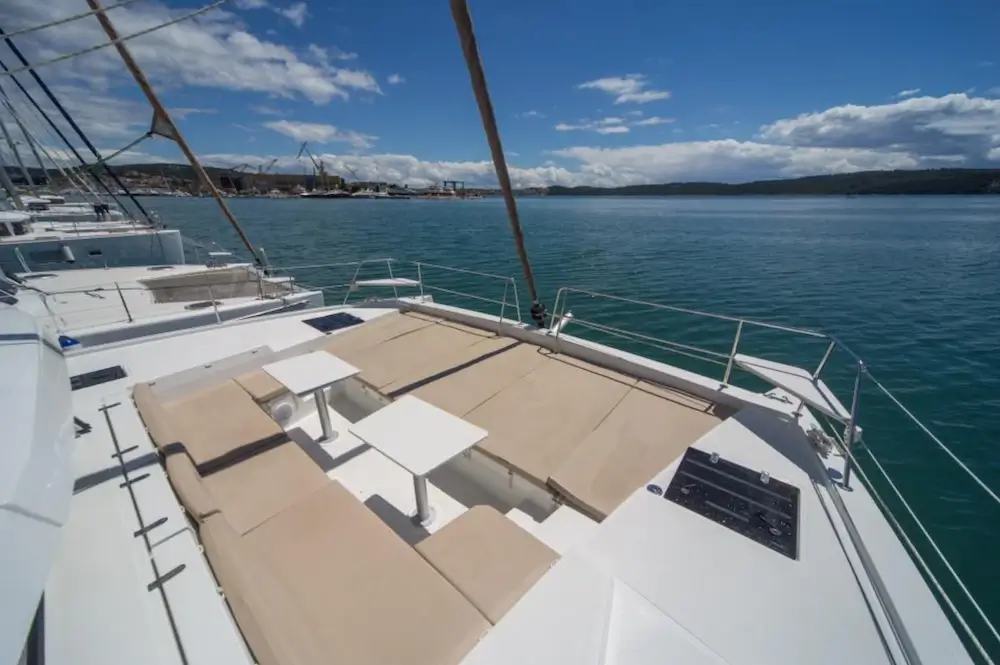
Sailing Conditions Italy 6
The Archipelago of Tuscany
An Overview of the Area
A collection of islands off the coast of Tuscany, the Tuscan Archipelago offers a variety of sailing opportunities and attractions. Elba, Capraia, Pianosa, Montecristo, Giglio, and Giannutri are among the islands in the archipelago.
Conditions for Seasonal Sailing
- Spring (April – June): April through June is springtime, and it’s the best season to sail the Tuscan Archipelago. The sea is tranquil and the weather is warm, making it ideal for island exploration.
- Summer (July – August): It’s hot and humid with brisk to severe winds. Marinas will likely be congested due to the islands’ popularity with vacationers.
- Autumn (September – October): This season has nicer weather and less visitors. The winds are usually moderate, and the sea is still warm.
- Winter (November – March): The weather is erratic, quieter, and colder. It is appropriate for seasoned sailors seeking a tranquil getaway.
Key Sailing Routes
- Elba to Pianosa: Elba is a great place to start because of its stunning beaches and historic landmarks. Set sail for Pianosa, an island boasting pure beaches and crystal-clear waters.
- Pianosa to Capraia: From Pianosa, go to Capraia, a volcanic island featuring stunning hiking paths and untamed scenery.
- Capraia to Giglio: Giglio, renowned for its magnificent beaches and mediaeval castle, can be reached by boat from Capraia. Explore the historic sites on the island for the entire day.
- Giglio to Giannutri: Giglio, renowned for its magnificent beaches and mediaeval castle, can be reached by boat from Capraia. Explore the historic sites on the island for the entire day.
Summary
Selecting the ideal locations and times for your sailing excursion is made easier by researching the local sailing conditions in Italy. There are distinct obstacles and experiences in every place, making the voyage interesting and varied.
Important lessons learned
- Ideal for spring and autumn sailing, the Amalfi Coast and Capri provide bustling seaside villages with gorgeous landscapes.
- The Emerald Coast of Sardinia offers opulent experiences together with breathtaking beaches and consistent breezes..
- Sail around active volcanoes and historic sites in Sicily for a variety of sailing activities.
- For those who want to explore history and unspoiled nature, the Tuscan Archipelago is ideal.
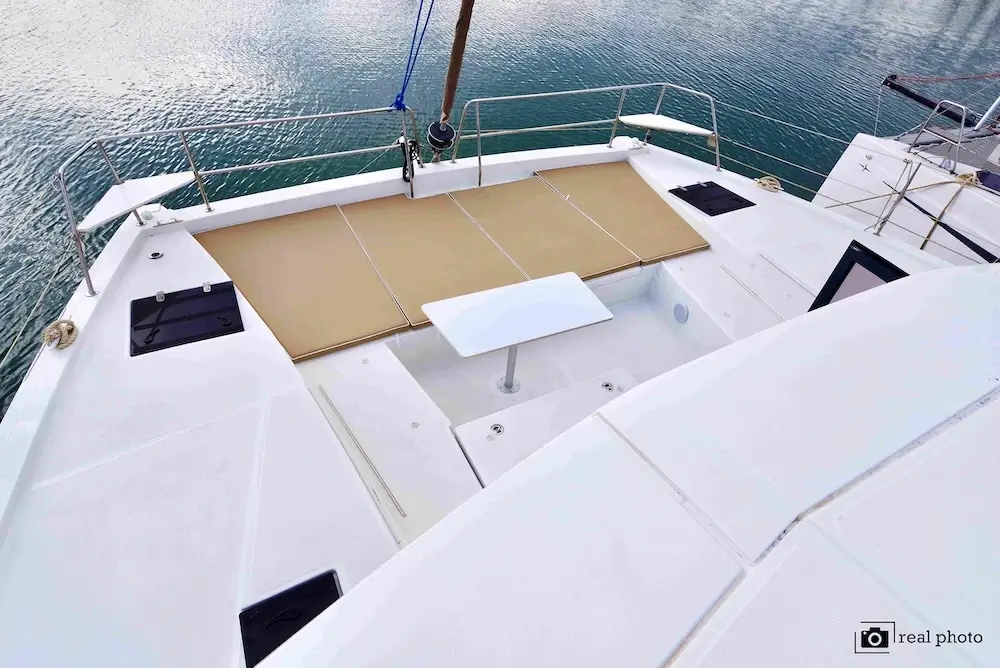
Sailing Conditions Italy 7
Budget Planning, Safety Procedures, and Crucial Sailing Advice
We will go over safety precautions, important sailing advice, and how to create a budget for your sailing trip in Italy in the last section of our guide. To guarantee a secure, entertaining, and unforgettable experience, careful planning and preparation are essential.
Crucial Advice for Sailing
Recognising Local Laws
In order to guarantee a good sailing experience, familiarise yourself with local maritime legislation. There may be particular regulations pertaining to environmental preservation, anchoring, and navigation in each Italian region.
- Licenses and Permits: In order to guarantee a good sailing experience, familiarise yourself with local maritime legislation. There may be particular regulations pertaining to environmental preservation, anchoring, and navigation in each Italian region.
- Restricted Areas: Recognise the marine reserves and restricted zones where sailing and anchoring may be forbidden or restricted.
Keeping an eye on the weather
Check the weather forecast frequently to avoid sailing in unfavourable conditions. The weather in the Mediterranean can be erratic, particularly in the seasons that change.
- Weather Apps: To keep up with the latest conditions, use reputable marine weather apps and websites.
- Local Forecasts: Local Weather predictions: Since circumstances can change dramatically over short distances, pay attention to local weather predictions and advisories.
Organising Your Travel Path
A successful sailing excursion requires careful itinerary planning. Take into account the travel times between locations, the amenities that are offered, and any possible risks.
- Nautical Charts: To navigate safely, use GPS units and the most recent nautical charts.
- Avoid Crowded Areas: Popular attractions may get congested during the busiest times of the year. Make sure to avoid traffic and include quieter anchorages in your itinerary.
Efficient Provisioning
When you provision well, you may be sure you have everything you need for your trip, especially if you’re going to be visiting far-flung places with limited access to stores.
- Food and Water: Make sure you pack enough fresh water for the duration of the journey and stock up on non-perishable food items.
- Spare Parts and Tools: Carry additional ropes, fuses, and engine parts, among other common repairs’ spare parts and tools.
Safety Measures
Safety Equipment
Make sure your yacht has all the necessary safety gear to tackle a crisis.
- Life Jackets: Make sure there are enough life jackets for each member of the crew and each visitor, and that they are conveniently accessible.
- First Aid Kit: For treating minor wounds and medical crises, a well-stocked first aid kit is necessary.
- Fire Extinguishers: Make sure they are placed in conveniently accessible areas and are in good operating order.
- Emergency Signals: Keep an emergency position-indicating radio beacon (EPIRB), flares, and distress signs on hand.
Crew Instruction
For a safe sailing experience, all crew members must have the necessary training.
- Safety Drills: Hold frequent safety drills to acquaint the crew with emergency protocols, including recovery of overboard personnel and firefighting techniques.
- Basic Sailing Skills: Ascertain that every member of the crew is capable of handling the yacht and has a basic understanding of sailing.

Sailing Conditions Italy 8
Emergency Procedures
In dire circumstances, having emergency supplies on hand can make all the difference.
- Man Overboard: Practice man overboard scenarios and have a clear plan in place.
- Medical Emergencies: Have contact details for nearby medical institutions and be aware of how to manage medical emergencies.
Budget Planning
Calculating Expenses
Having a good understanding of the expenses associated with a sailing trip aids with budget creation. Here are a few important costs to think about:
- Yacht Rental: The price of renting a boat varies according to its size, kind, and season. Examine your alternatives for Italy yacht rentals
- Fuel and Mooring Fees: Fuel is necessary for motor yachts, and mooring fees at marinas and ports may apply to all boats.
- Provisioning: Provisioning is the process of putting food, beverages, and other supplies on your yacht.
- Travel Insurance: Travel insurance is necessary to cover any emergency or unanticipated circumstances.
Money-Saving Advice
Although sailing can be a costly activity, there are methods to cut costs without sacrificing the fun.
- Sail Off-Season: To avoid peak season prices, think of sailing in May, June, September, or October, which are shoulder months.
- Shared Charter: Renting a boat with friends or fellow sailors can save a tonne of money.
- Local Markets: To save money on food and supplies, purchase groceries from nearby markets.
Organising for Unexpected Bills
Always leave some money in your budget for unforeseen costs, such repairs, extra docking fees, or urgent medical care.
- Contingency Fund: Set aside at least 10% to 15% of your overall spending plan for unanticipated costs.
- Maintenance Costs: Keep the yacht well-maintained to save money on expensive repairs.
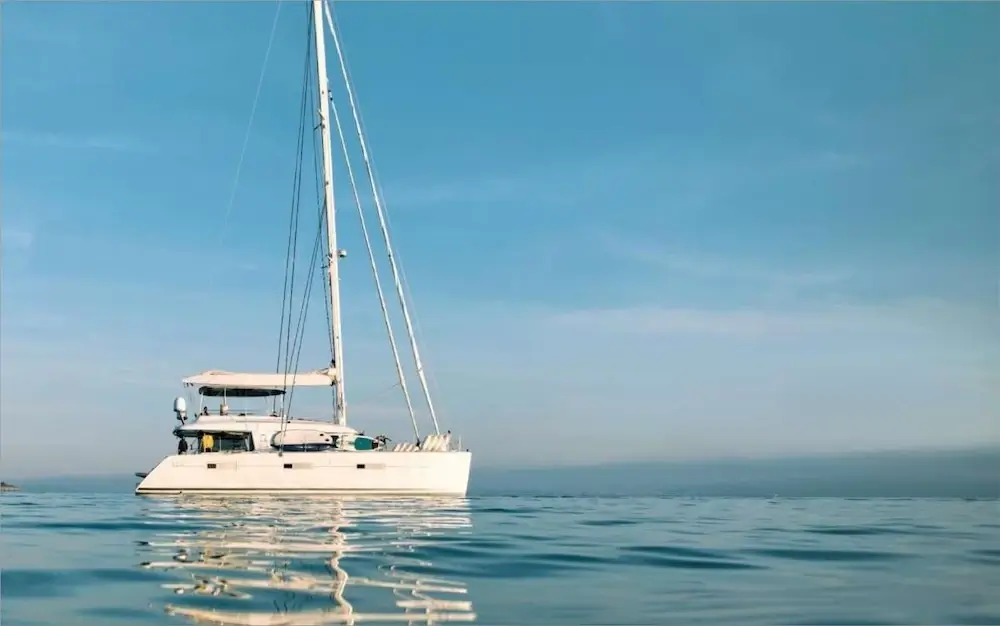
Sailing Conditions Italy 9
Recap
We went over safety precautions, important sailing advice, and how to create a budget for your sailing trip in Italy in this last session. You’ll be ready to have a secure and enjoyable sailing trip if you heed these tips.
Important lessons learned
- Learn about the maritime laws that apply to your area and make sure your boat has all the safety and communication equipment it needs.
- Utilise current nautical charts to plan your itinerary and check the weather prediction frequently.
- For safety, crew training and proper anchoring methods are crucial.
- Estimating major costs, seeking for ways to save costs, and allocating a contingency fund are all part of budgeting.

